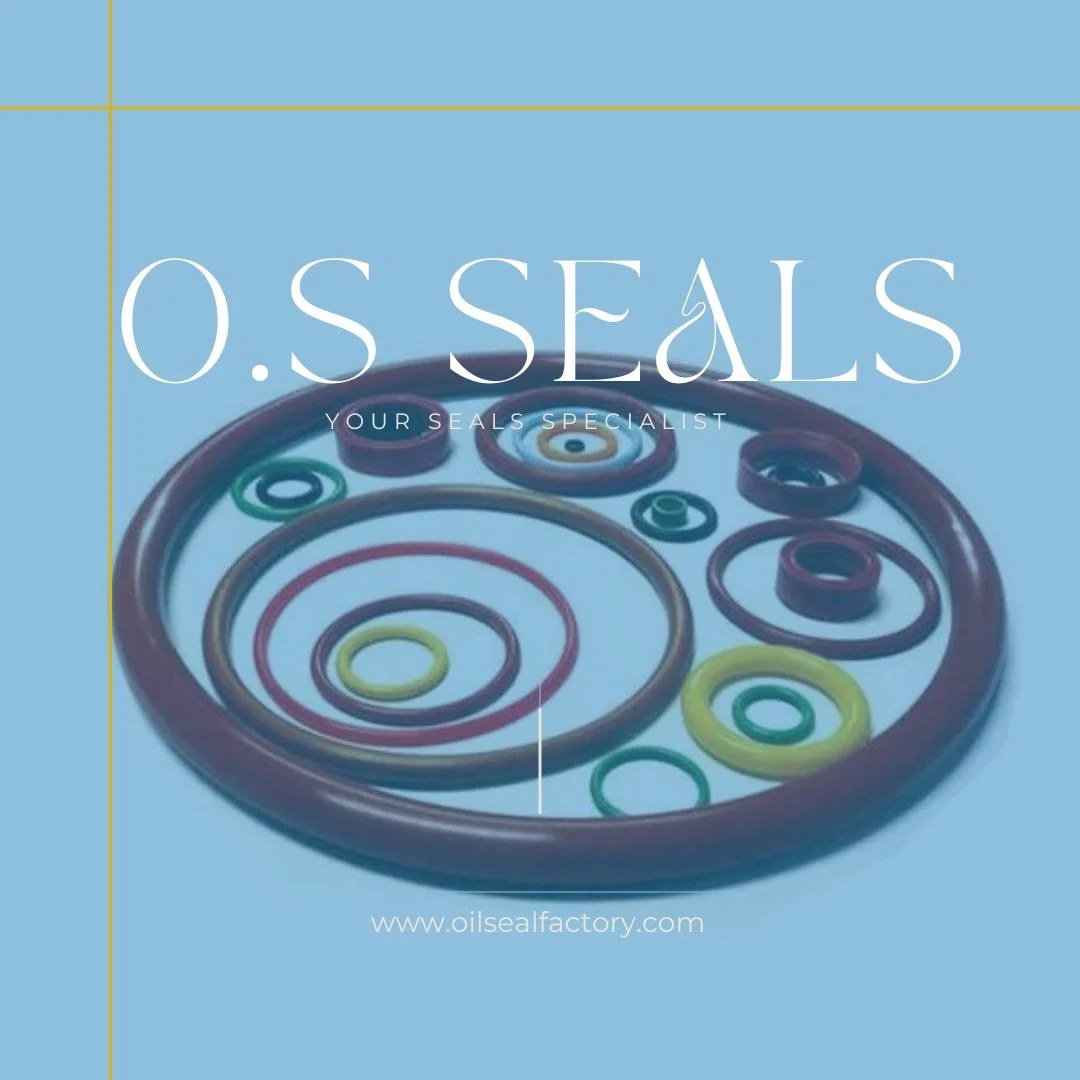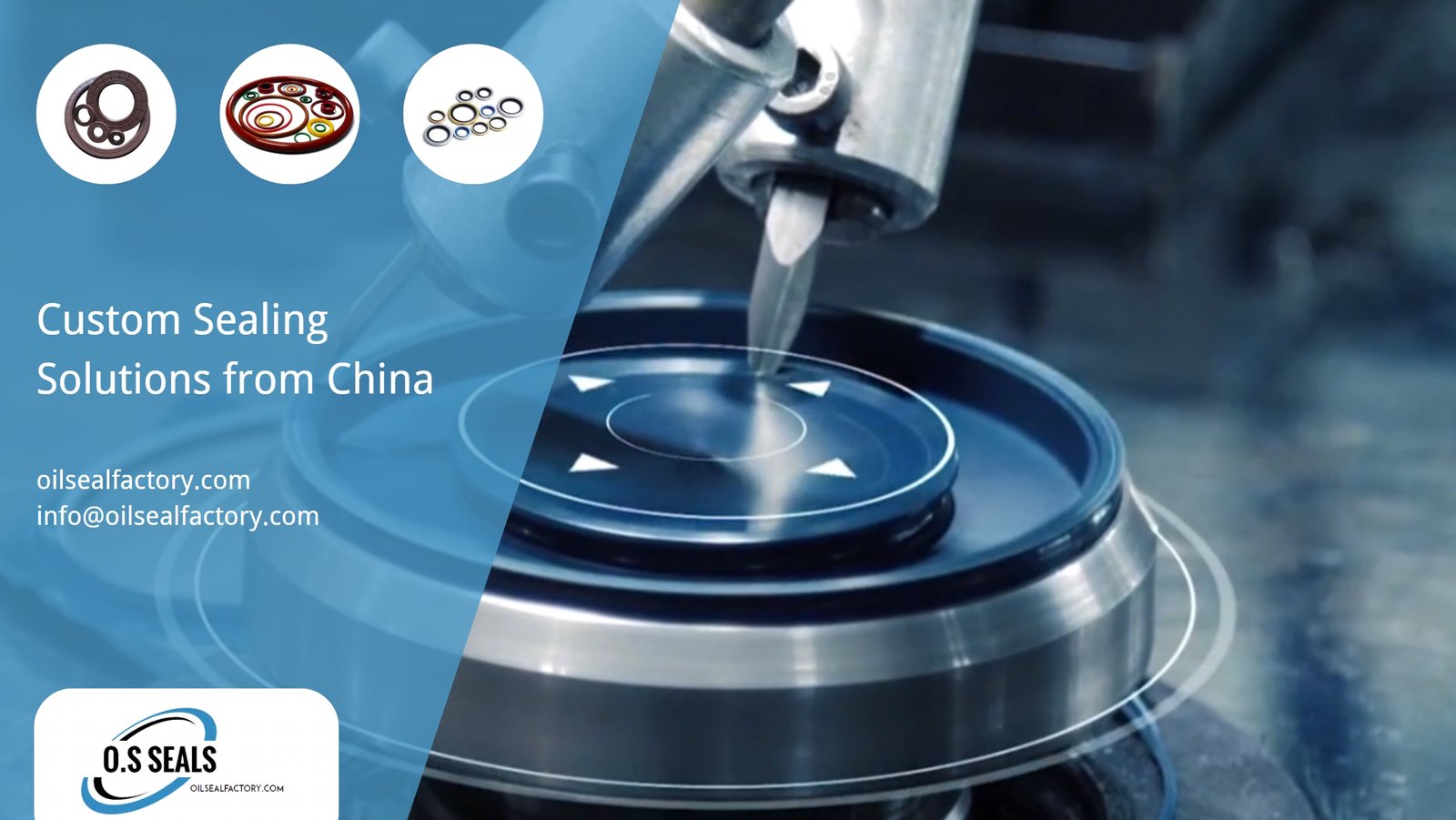Sealing device design is an intricate art, and at its heart lies the delicate dance of O-ring compression and tension. The journey through O-ring seal groove design is a crucial exploration, where the balance between too little and too much compression can make or break the success of a sealing device. Join us in unveiling the principles, considerations, and secrets behind mastering the art of O-ring seal groove design.
1. Unraveling O-Ring Seal Design Principles
1.1 Compression Ratio:
The Compression Ratio (W) is the cornerstone of effective O-ring seal groove design. Striking the perfect balance between sealing the contact area, minimal friction, and avoiding permanent deformation is an art. Discover the intricate considerations that guide compression rate selection for static and dynamic seals, understanding radial and axial sealing nuances.
1.2 Tensile Strength:
Delve into the impact of O-ring stretching on sealing performance and service life. Uncover the formula for Tensile Strength (α), exploring its significance in achieving the perfect amount of stretch for optimal O-ring functionality.
1.3 Contact Width:
Understand the critical role of contact width in O-ring deformation after installation. Learn how the width of the contact surface influences sealing performance and service life, balancing between too small and too large for optimal results.
2. O-Ring Seal Groove Design: Art and Science
2.1 Groove Shape:
Embark on a journey through groove shapes, from the widely used rectangular groove to V-shaped, semi-circular, dovetailed, and triangular variations. Learn the advantages, applications, and design principles behind each groove shape, unraveling the secrets of optimizing O-ring performance.
2.2 Groove Width and Depth:
Dive into the intricate calculations behind groove width and depth, understanding the volume considerations and the importance of leaving ample space for compression, expansion, and adaptability to dynamic movement. Gain insights into designing groove widths that balance friction resistance and wear.
2.3 Groove Wall Roughness:
Explore the impact of groove wall roughness on O-ring sealing and groove processing. Uncover the distinctions between static and dynamic sealing requirements, ensuring the right surface finish for optimal performance.
3. Retaining Rings: Enhancing O-Ring Performance
3.1 Purpose and Material Selection:
Discover the crucial role of retaining rings in boosting O-ring performance under high pressures. Unravel the advantages of different retaining ring materials, with a spotlight on PTFE’s precision, chemical resistance, temperature range, and friction characteristics.
3.2 Practical Application:
Navigate the world of practical applications, understanding when and how to employ retaining rings based on pressure conditions, directionality, and potential friction considerations. Learn how retaining rings elevate O-ring performance while preventing detrimental phenomena like “gap bite.”
Elevating Sealing Excellence
As we conclude this comprehensive guide, it’s evident that the O-ring seal groove design is a blend of precision, science, and art. Mastering these principles empowers engineers and designers to create sealing devices that stand the test of time. Elevate your understanding of sealing excellence and embark on a journey towards mastery in O-ring seal groove design.





